Nash-Kelvinator began building a compact car called the Nash Rambler for the 1950 model year, and the Rambler name survived (and even became a pop-culture phenomenon) through Nash’s 1954 merger with Hudson and the resulting creation of the American Motors Corporation. Rambler became a marque name starting with the 1956 model year, and the Rambler American compact proved very successful when introduced as a 1958 model and stayed a strong seller through most of the 1960s.
The last model year for the Rambler marque was 1968, but AMC decided to call the American the American Motors Rambler for its final model year. Today’s Junkyard Gem is a rare example of the one-year-only AMC Rambler, found among a great deal of interesting vintage iron in a Denver-area car graveyard recently.
The 440 was the higher-end of two trim levels available for the AMC Rambler sedan, which was built with either two or four doors. There was a two-door hardtop version called the Rambler Rogue as well, plus Rambler station wagons.
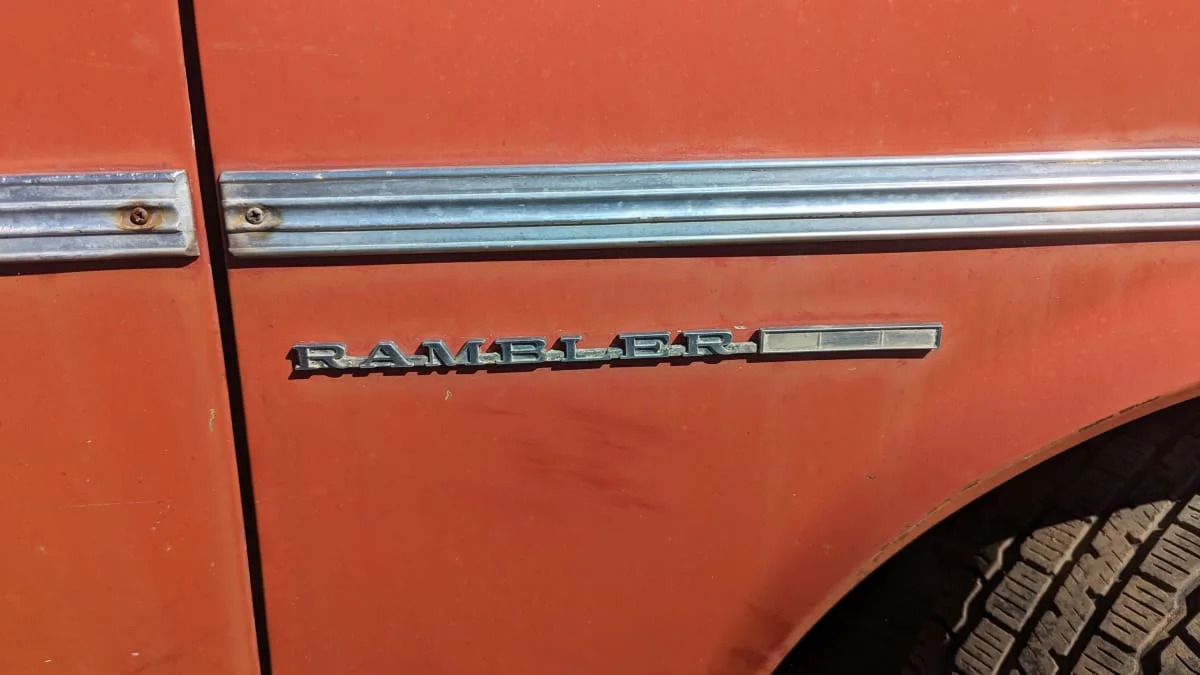
The MSRP for this car was $2,478, or about $21,378 in 2023 dollars. That was quite a bit more than the $1,950 Toyota Corona sedan ($16,817 in today’s money), which was just a bit smaller than the Rambler, but competitive with the slightly larger 1969 Chevrolet Nova sedan, which started at $2,345 with six-cylinder engine ($20,224 after inflation).
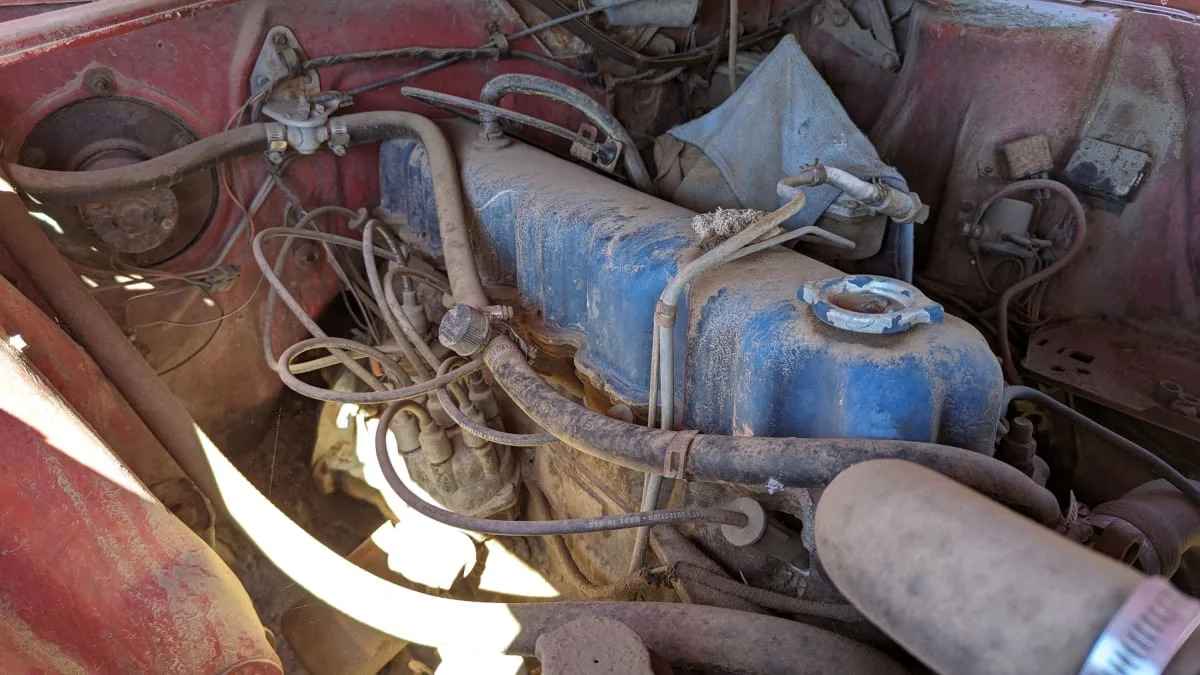
The base Nova came with a miserably low-output four-cylinder engine in 1969, but hardly any buyers were willing to take it. AMC got marketing mileage out of the fact that the ’69 Ramblers came with six-bangers as base equipment, anyway. This is an AMC straight-six, direct ancestor of the 4.0 that was used as late as 2006 (in Jeep Wranglers). The original engine would have been either a 199 with 128 horsepower or a 232 with 145 horses (that may well be the engine we’re looking at here, but swaps have long been commonplace with cars like this). A 290-cubic-inch V8 with 200 horsepower was available in the Rambler 440 as well.

The transmission is a traditional three-speed manual with column shifter, which was the base gearbox rig for 1969 Ramblers. A three-speed automatic and a four-on-the-floor manual were available at extra cost; a 290-powered Rambler with four-speed would have been a respectably quick machine by 1969 economy-car standards, given that its curb weight was well under 3,000 pounds (about the same as a new Honda Civic today).
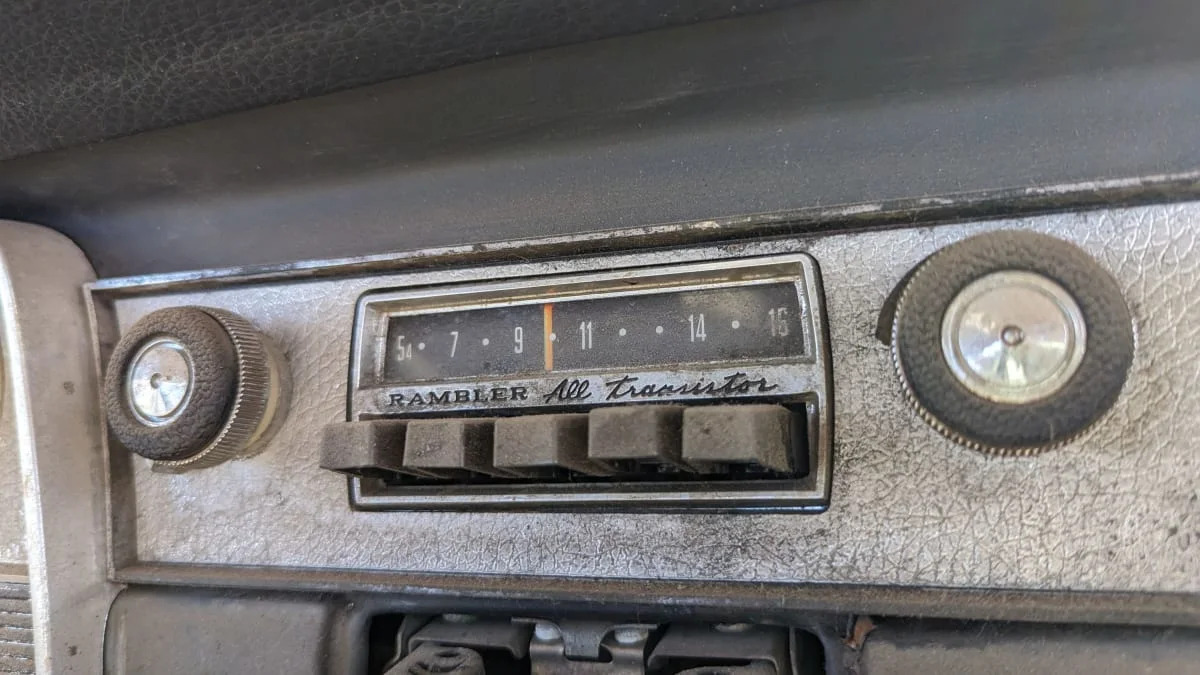
While the original owner wasn’t willing to pay for an optional transmission, this car did get the extra-cost factory AM radio. There was some excellent music on AM in 1969, so getting the radio was a wise move.
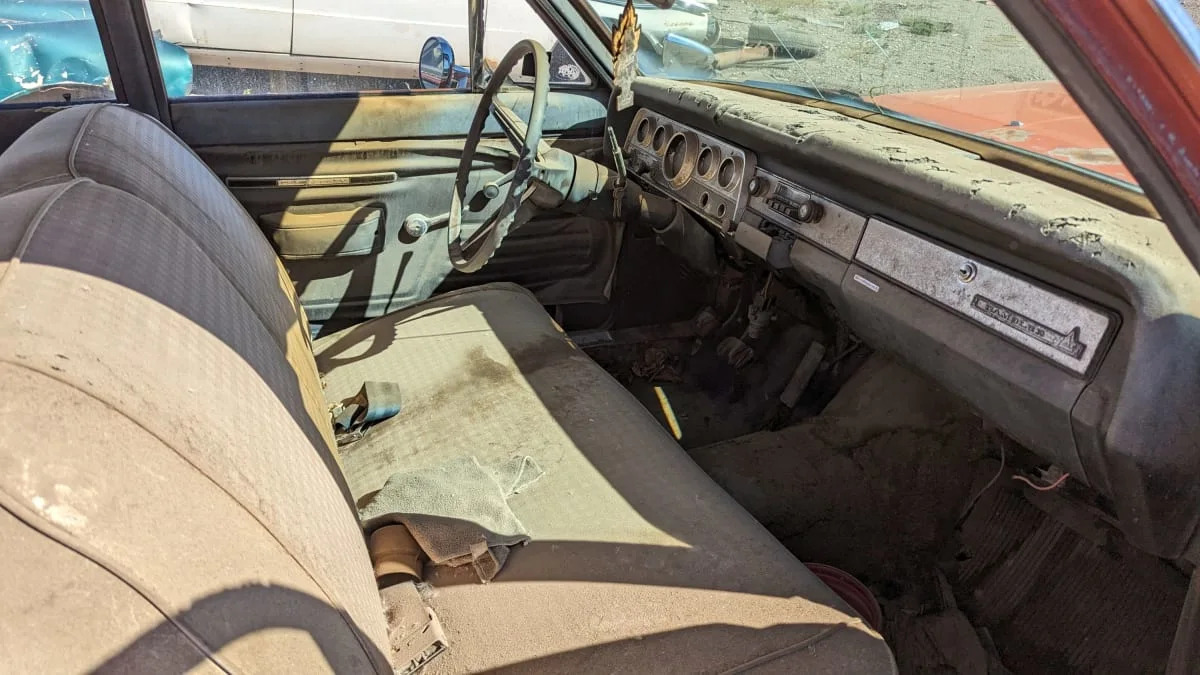
The interior isn’t so bad, for a 54-year-old car in the harsh climate of Front Range Colorado.

There’s some rust in the usual spots; it appears that someone tried to repair it with body filler (unsuccessfully).
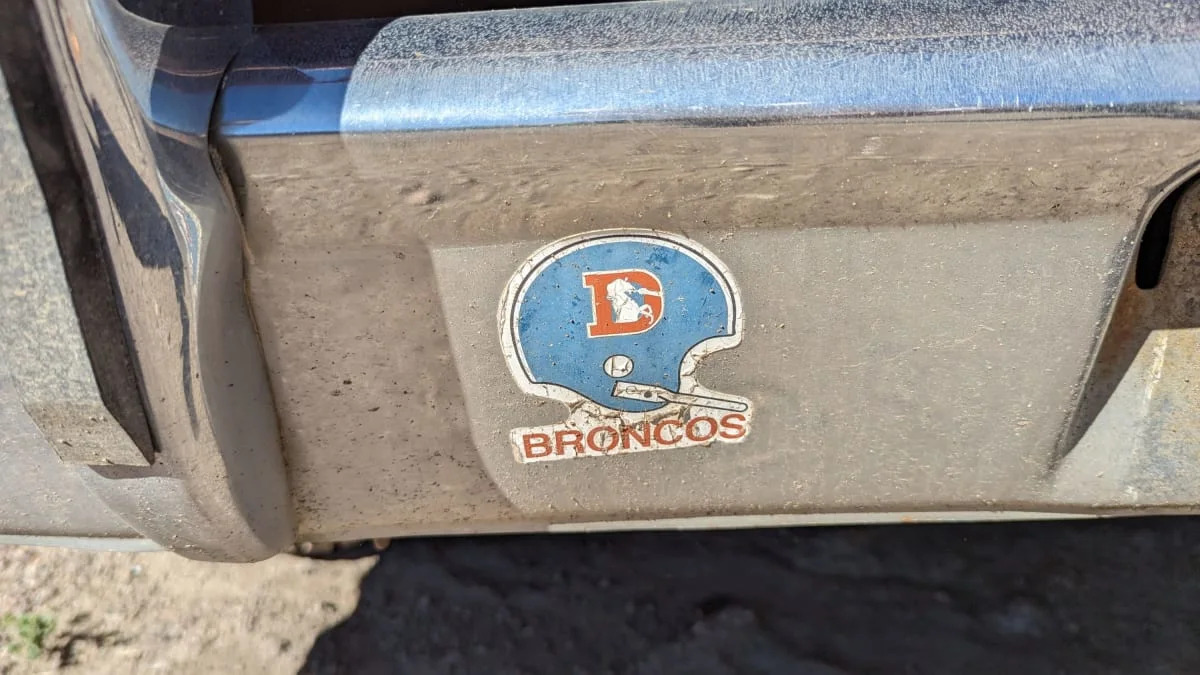
This sticker has the Broncos’ logo used from 1970 through 1992, so I think that this car has spent most or all of its life in the Centennial State.
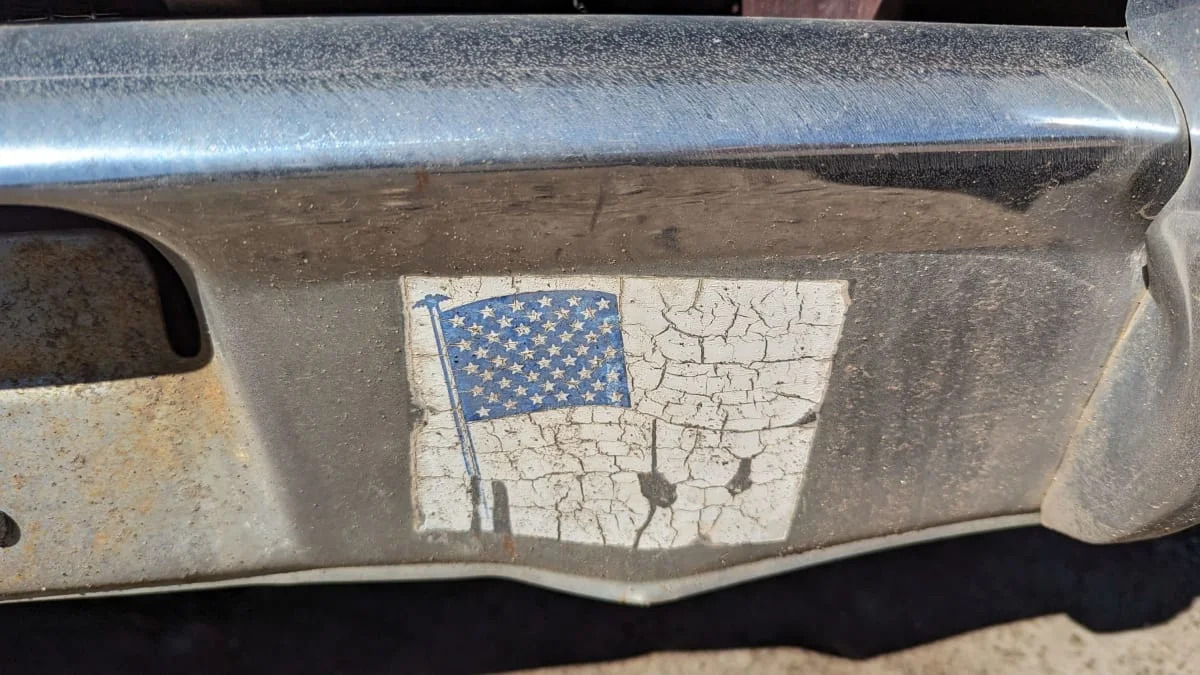
American Motors started the 1970s off in a strong position, but was in deep trouble as the end of the decade neared. 1969 was a decent sales year for AMC, though, and the promising Hornet would take over compact duties from the Rambler in 1970.
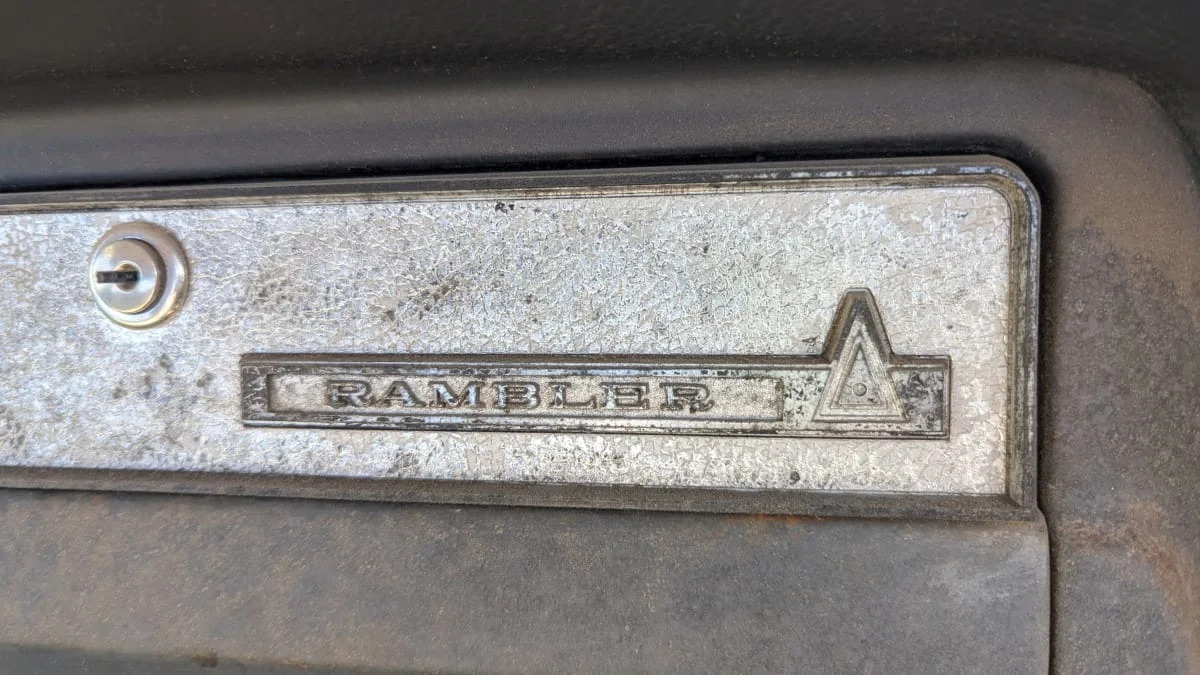
While 1969 was the last year for this car in North America, licensed production continued in Iran through 1974. A close relative, the IKA-Renault Torino, was available in Argentina all the way until 1982.
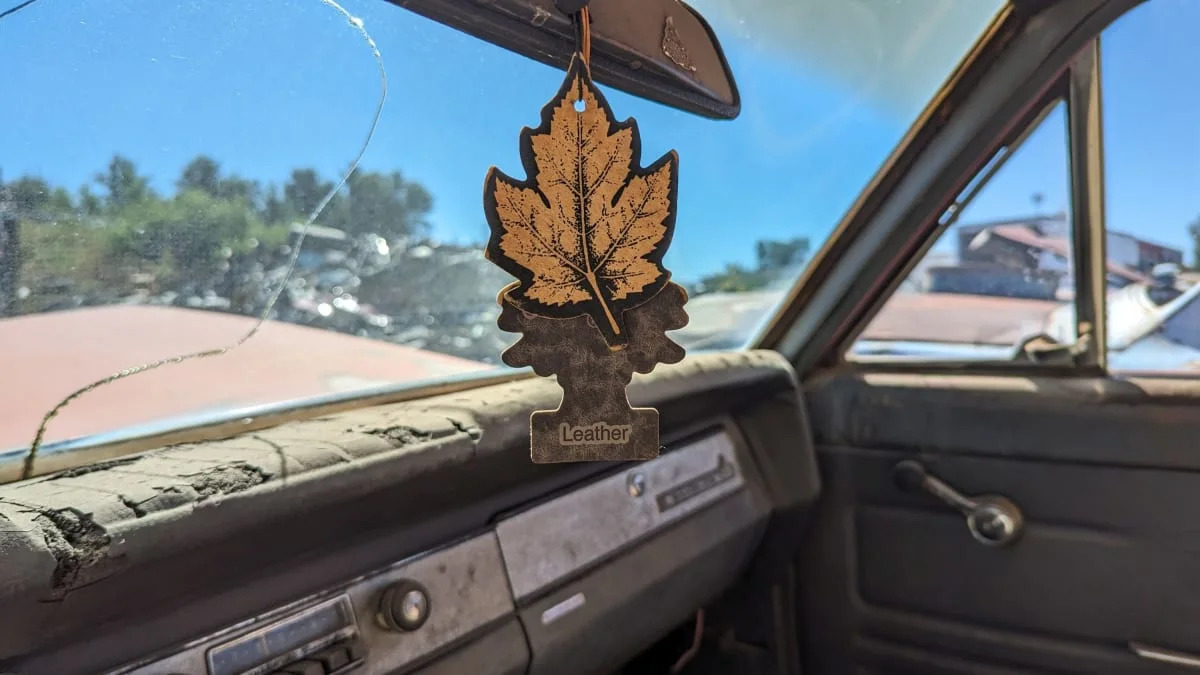
The Leather Car-Freshner Little Tree is a 21st-century scent, so this car appears to have been on the road as recently as the last couple of decades. Would it be worth fixing up? When a pretty decent example that already runs sells for just $3,200, probably not.
With bright side body molding and door trim, and an interior that says, “Come on in!”
Read the full article here


